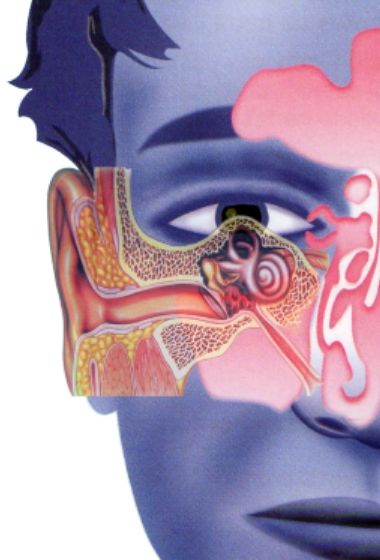What is tubaritis?


The most common Eustachian tube dysfunction is tubaritis. If you have not heard before about this pathology of the ear or you have been detected and want to know more details, continue reading. We explain what it is, what the symptoms are and what treatments there are.
What happens when you have tubaritis?
As we said at the beginning, a tubaritis is an ailment related to the Eustachian tube. In case you don't know what this tube is, we will explain it to you. The airways and the ear are connected. The tube that connects the throat with the middle ear is called the Eustachian tube.
The function of this tube is to allow or not the passage of air and liquids, so that the ear relieves the pressure when necessary. For example, it opens after an airplane takes off so that the sudden increase in pressure is relieved and the eardrum is not damaged.
This tube may become inflamed. When this occurs, either sporadically or chronically, it is called a tubaritis. Now we talk about the symptoms, so that you can identify it.
The symptoms of tubaritis

A tubaritis is easily recognizable by an otolaryngologist. However, there are some symptoms that may indicate that you are suffering from one. We show you the most frequent ones and we recommend that, if you notice any, go to a professional as soon as possible.
- One or two blocked ears
- Snaps
- Decreased hearing
- Itch
- Tinnitus
- Loss of balance
- Dizziness or lightheadedness
- Sensation of permanent pressure
Treatment of tubaritis
To treat tubaritis, the first thing to do is go to an otolaryngologist. He or she will recommend the best treatment to make the annoying symptoms go away. These are some of the most common recommendations.
- Drugs. He may prescribe a treatment to relieve congestion and inflammation.
- Drainage. If he sees fit, he will drain to relieve pressure and reduce inflammation.
- Balloon Eustachian tuboplasty. In some chronic cases, you may place a sphere in the canal so that it does not close.
In Claso we have the best professionals to evaluate the root of tubaritis. Make an appointment on our website or by phone and we will check your ears.





























